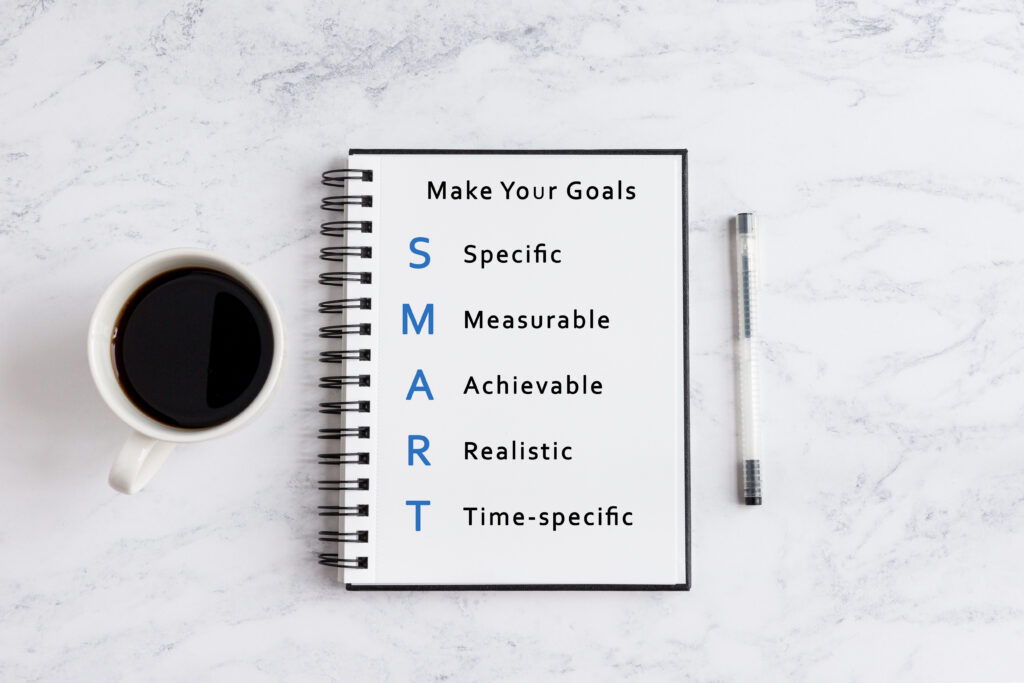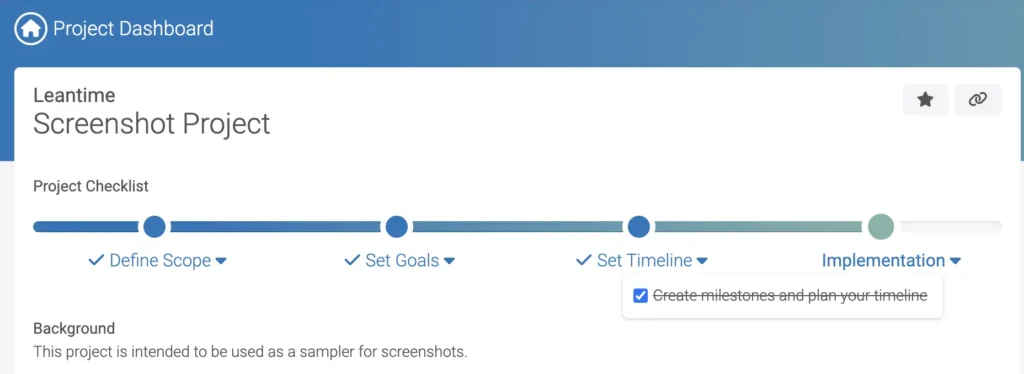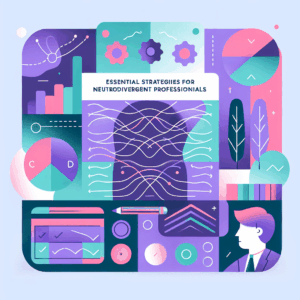Estimated reading time: 11 minutes
Do you have ADHD (Attention Deficit Hyper activity Disorder) and find it difficult to stay on top of tasks? You aren’t alone. Task management with ADHD is challenging and it’s easy to become overwhelmed and end up in a state of both task paralysis and “to do” avoidance.
There is hope, though, as there are ways for people with ADHD to improve their productivity and take back control of their executive function by using task management strategies to stay focused and time management tools to help stay organized.
In this article, we will explore practical strategies, productivity hacks, and task management tools specifically designed for individuals with ADHD. You can use these techniques to overcome ADHD obstacles and be more efficient and successful.
Table of contents
What is ADHD?
ADHD, or Attention-Deficit/Hyper activity Disorder, is a neuro-developmental condition that affects both children and adults. [1]
It is often recognized by persistent patterns of inattention, hyper activity, and impulsivity. These patterns can then interfere with the day to day function and even impact social interactions, work life, and even maintaining activities at home. When you have ADHD, these impacts can present as difficulty sustaining attention, being easily distracted, and struggling to organize tasks or follow through on instructions or decisions.
Did You Know: According to the World Health Organization, ADHD affects approximately 5% of children and 2.5% of adults worldwide. [2]
Other ways that it can manifest can include impulsive behaviors, such as interrupting others or acting without considering the consequences. While the exact cause of ADHD is not fully understood, research suggests that it involves a combination of genetic, neurologic, and environmental factors that ultimately contribute to its development.
For adults with ADHD, it can have a significant impact on various aspects of life, including academic performance, work productivity, and relationships. However, with proper diagnosis, understanding, and appropriate treatment, individuals with ADHD can learn to manage their symptoms effectively and lead fulfilling lives.
Often diagnosed in childhood, it can also affect adults — with a recent increase of women, in particular, being diagnosed later in life. Personally, my diagnosis came as a diagnosis later in life. A later in life diagnosis can come with a variety of additional challenges and even additional solutions for ADHD — where one has spent time identifying their own tips and tricks to get through things.
If you think you may have ADHD, be sure to follow up with your provider and get an exam, interview and likely follow-up testing.
How do you manage tasks with ADHD?
ADHD, or Attention-Deficit/Hyperactivity Disorder, exerts a significant impact on task management, often posing considerable challenges for people with the condition. The impact can often make it hard for those without ADHD to understand why or how someone with it prioritizes certain tasks.
Those with ADHD commonly struggle with sustaining focus, maintaining organization, and prioritizing their responsibilities. The inherent difficulties in attention regulation make it harder for individuals with ADHD to stay engaged with tasks, leading to frequent distractions and task avoidance.
Read More: How to Focus Better: Top Strategies That Work
For those with hyperactive type, impulsivity tendencies can also disrupt their ability to adhere to schedules or follow through with plans, resulting in a fragmented approach to task completion. When combined with challenges like time blindness, where it’s easy to lose track of the current time, it can impact the ability to be on time to task related meetings.
The tendency to be inconsistent when you have ADHD can make consistent task management seem impossible and then may require tailored strategies.
Tailoring strategies for life with ADHD and task management can have a variety of approaches. Some of these include creating SMART goals, breaking down tasks into smaller manageable steps, implementing visual aids or reminders, and establishing structured routines to mitigate the negative impact on productivity and overall executive functioning.
The important thing to call out here is that these are truly routines and not time management or task management “habits.” As someone with ADHD, it’s been essential for me to create auto-pilot like processes and routines in order to optimize my ability to stay on track. They are not habits because, even 21 days in, if I do not engage the process, it is still not something that I can reliably do every time.
Ultimately, in task management, when I “wing it,” I’m most likely to do the tab hopping shuffle and end up with small amounts of many tasks completed vs whole tasks done.
For this reason, and to effectively manage tasks with ADHD, it’s essential to understand the characteristics and challenges associated with the condition. ADHD can lead to difficulties in focusing, organizing, and prioritizing tasks. People with ADHD may struggle with time management, impulsivity, forgetfulness, and a tendency to get easily overwhelmed. Recognizing that these challenges can impact your productivity and workflows are the first step towards finding a new way to manage your tasks with ADHD.
ADHD Time Management Strategies
Time management is crucial for anyone seeking to improve their productivity, and it holds particular importance for individuals with ADHD. Time management strategies can be invaluable for people with ADHD; helping them navigate the challenges posed by the disorder and enhance their productivity.
It is important to recognize individual strengths and limitations, establishing realistic goals and allowing for flexibility when unexpected disruptions occur. Incorporating ADHD time management strategies into a daily routine enables individuals to enhance their time management skills, reduce stress, and streamline task completion.
Let’s go over some focus strategies to help.
Planning ahead & Prioritization
Establish Clear Goals
Establishing clear goals can be a valuable strategy for individuals with ADHD, providing a sense of direction and purpose.
Regularly reviewing and reassessing goals allows for adjustments and helps you know if you are on track. Seeking support from trusted individuals, such as therapists, coaches, or support groups, can provide accountability and guidance throughout the goal-setting process.
By employing these strategies, individuals with ADHD can establish clear goals, improve their sense of direction, and increase their chances of success.
Write the goals to stay focused
Writing down goals and keeping them visible can serve as a constant reminder and motivation. Additionally, using visual aids such as charts, progress trackers, or vision boards can help individuals stay engaged and visualize their desired outcomes.
In fact, dopamine is a hormone responsible for motivation and is often cited as impacted in ADHD. Dopamine, however, is secreted when you can see the progress on the goals. Keeping the goals in mind and monitoring their progress will help keep you motivated.
Making goals SMART

To begin, it’s important to break down larger goals into smaller, more manageable steps. This helps to create better clarity around the tasks and, when balanced, can help prevent feeling overwhelmed with the size of the goals.
To make SMART goals, you’ll want to focus on setting specific, measurable, attainable, relevant, and time-bound goals. Doing this will also allow you to know when you’ve met a goal and can provide additional structure while enhancing the focus on the steps to get to the goals.
Prioritize tasks to determine which should be done first
When you have ADHD, prioritizing tasks can also be challenging because motivation is driven by our interests. This means that if you have a task that is uninteresting, overwhelming, frustrating or even just less appealing than another task… you may end up working on the thing that is interesting but not the thing that is important.
This makes it important to prioritize tasks. Once you’ve established your goals and know what “done” looks like, it gets easier to be able to use the goal as the measuring stick for each task. You can then stop and ask, “Does this task help me get to the goal?” and when it doesn’t, then re-evaluate why you are interested in the task.
Whether it’s because of a distraction, a low priority task, or an external distraction, having that bar gives you an unbiased data point. This is part of what makes good task management for ADHD individuals.
Break Tasks into Manageable Pieces
An essential strategy involves crafting a well-organized schedule or daily ADHD planner, where tasks are dissected into manageable segments, and specific time slots are allocated for each activity.
Setting reminders and utilizing alarm systems can serve as valuable prompts to help individuals transition between tasks and stay focused. Implementing strategies such as the Pomodoro Technique, which involves working for short bursts of focused time followed by brief breaks, can enhance concentration and combat boredom.
Other important steps of breaking tasks down —
- Break tasks into smaller steps that can be completed one at a time
- Set reasonable deadlines for completing each step
- Use a calendar or planner to keep track of each task
Use Visual Cues
Employing visual aids like color-coded calendars, to-do lists, or sticky notes can aid in prioritizing tasks and maintaining a visual representation of upcoming deadlines or responsibilities. This is also why you’re often see multiple views in Leantime; we recognize that each of our brains need to visually process information differently.
- Use charts, diagrams, and images to help you remember tasks and deadlines
- Post reminders in visible places like your refrigerator or desk
- Color code tasks to make them easier to remember and to quickly categorize the work
Reward Yourself
We’ve included self rewards in here as it’s a frequently mentioned approach to overcoming overwhelming tasks. That said, we think that this should be done cautiously as this type of motivation can prove to be inconsistent, require “increasing doses” and relies too heavily on extrinsic motivation.
With intrinsic motivation as a driver, we can better achieve self-awareness, self-recognition and a sense of accomplishment.
Or, if you’re like me, sometimes the rewards end up being bigger than they should be.
These are a few of the things you’ve likely heard around self-rewards:
- Set realistic rewards for completing tasks or goals
- Celebrate accomplishments to motivate yourself
- Take breaks when needed to maintain focus
ADHD Task Management Tools
The best task management tools for adhd should be apps that focus on simplifying task management; making it easy to use but easy in a way that does not require more steps to set up so that you don’t feel overwhelmed in the process.
Many of the tools that are out there include tools in the project management space, task management, time management and other tool spaces. Unfortunately, many of these tools are built for software development first or even for project managers.
Other tools may be too simple to encompass all of the strategies mentioned here — they may not help with goals & tasks. They may not help you keep your progress towards the goal visually available.
It’s important to consider these elements when picking a tool.
Best ADHD Task Management App & Tools
There are not a lot of task management apps and tools built for adults with ADHD, or even work professionals. I’m not sure what other companies, and even employers, are expecting when this space is neglected. Fortunately, there is a project management tool built with people with ADHD in mind.
Leantime is built by people with ADHD and for people with ADHD. So while it’s a full project management system, it prioritizes best practices and science in order to promote dopamine on an intrinsic level.
Not only that, but Leantime also allows you to track your ideas, goals, documents and more comprehensive notes.

Other time management tools
- Trello – simple but still requires you to think about how to set it up
- ClickUp – Has a better UI than many other tools and more feature options but we have heard others say it’s still a lot of work to set up.
- Google Keep – Easy to set up a task list but takes more work to set up goals or other notes
- Pen & Paper – this works well for tactile and kinetic learners who need to feel things completed
Conclusion
Managing tasks with ADHD can be a challenge but with the right approach and balance, there are ways to improve productivity.
Tailored approaches such as creating SMART goals, breaking tasks into manageable steps, utilizing visual aids and reminders, and establishing structured routines can really help make things easier.
It is also important to acknowledge that routines, rather than mere habits, are essential for individuals with ADHD to optimize their ability to stay on track.
Finally, selecting the right task management tools, such as Leantime, designed specifically for ADHD needs, can provide valuable support in tracking progress, managing goals, and staying motivated. Individuals with ADHD can achieve their goals by implementing effective strategies.
Citations / Resources
[1] ADDitude Editors (2017). What Is ADHD? Everything You Need to Know. [online] ADDitude. View Resource.
[2] Polanczyk GV, Willcutt EG, Salum GA, Kieling C, Rohde LA. ADHD prevalence estimates across three decades: an updated systematic review and meta-regression analysis. Int J Epidemiol. 2014 Apr;43(2):434-42. doi: 10.1093/ije/dyt261. Epub 2014 Jan 24. PMID: 24464188; PMCID: PMC4817588.






